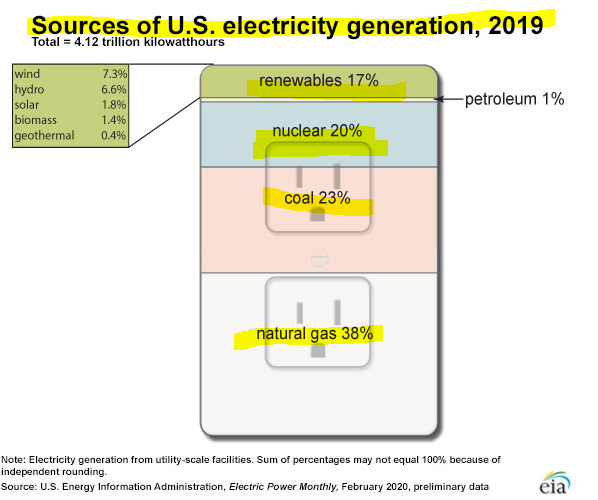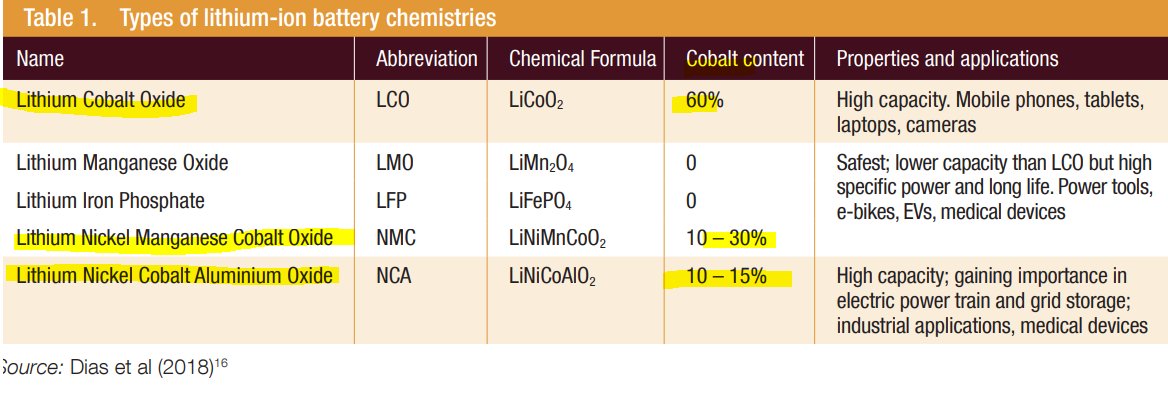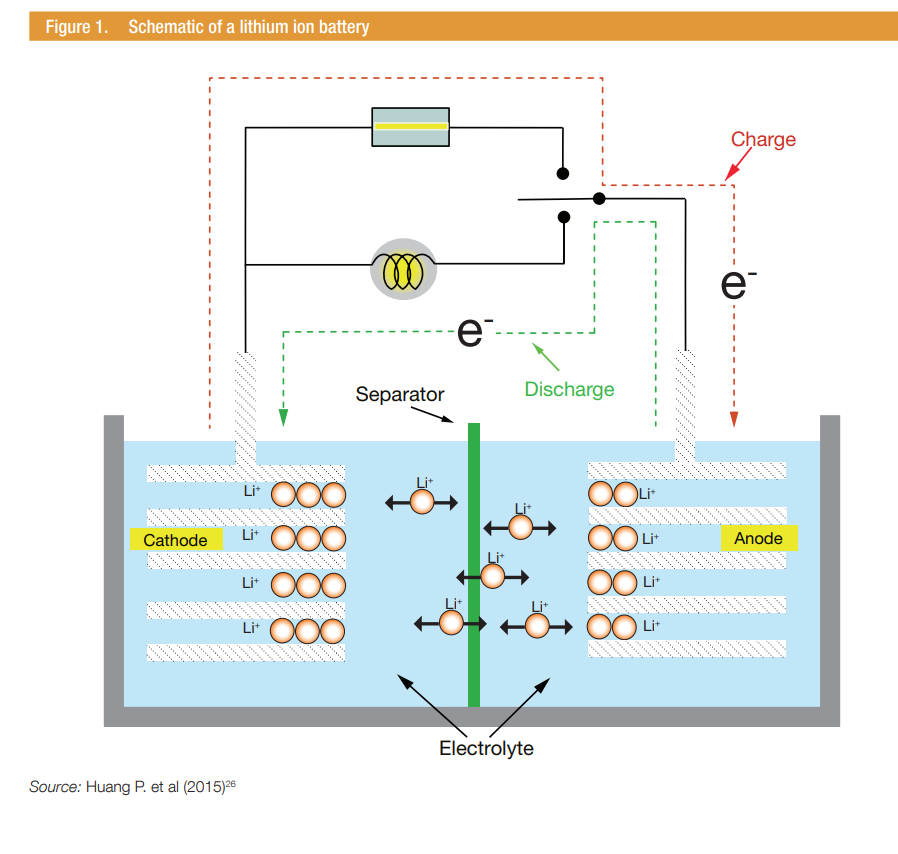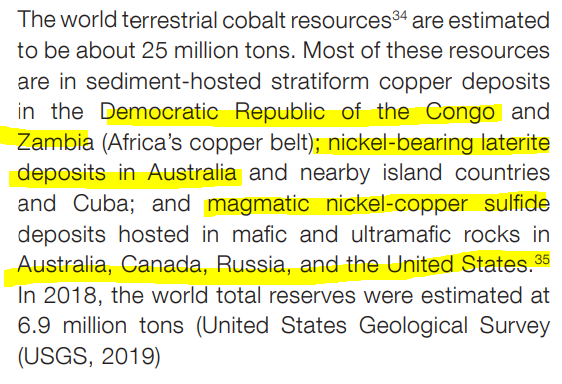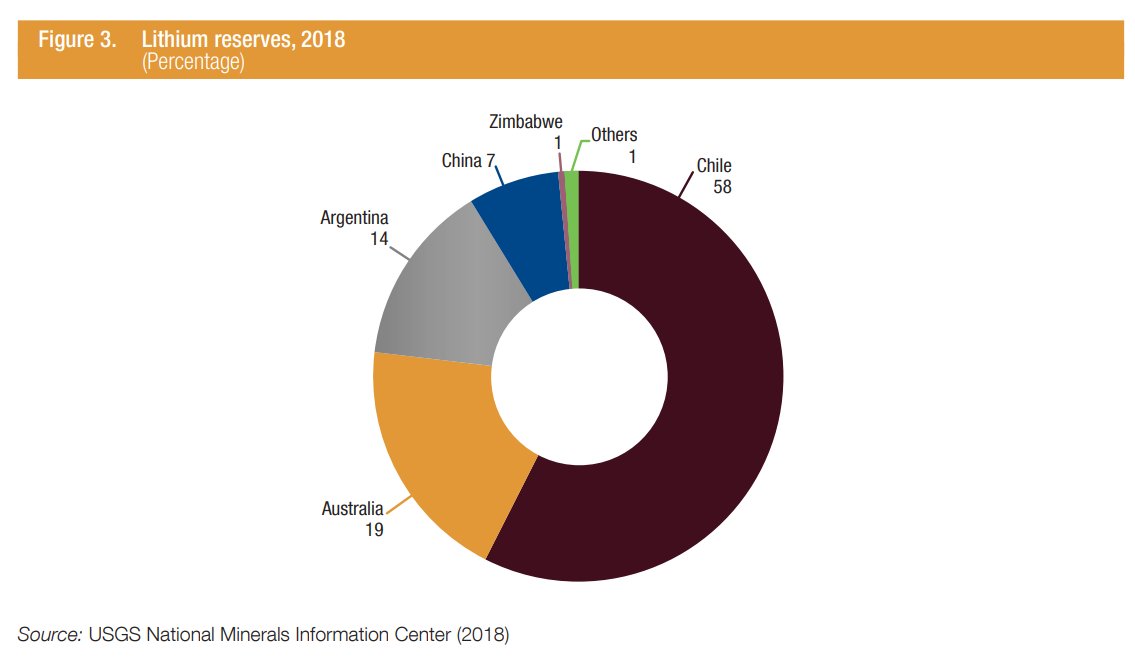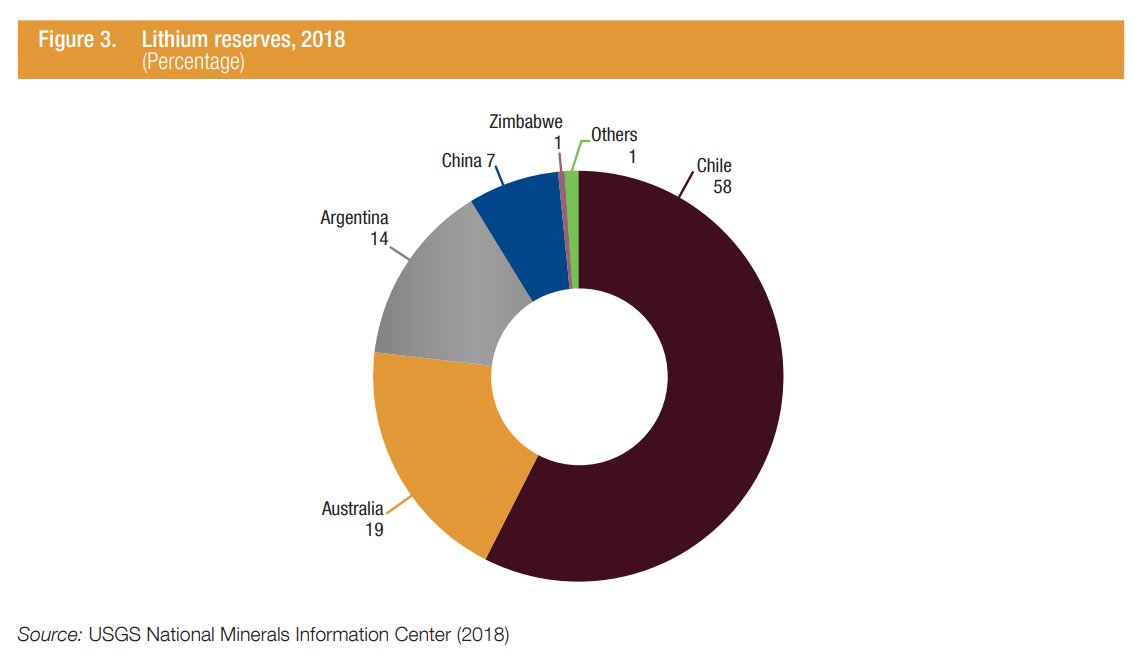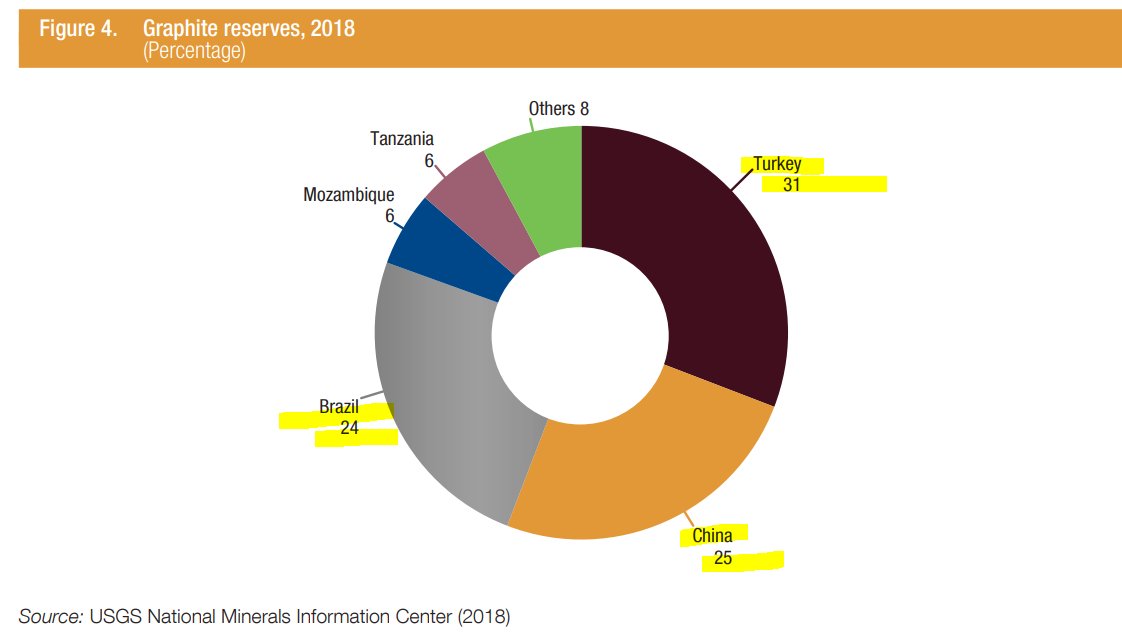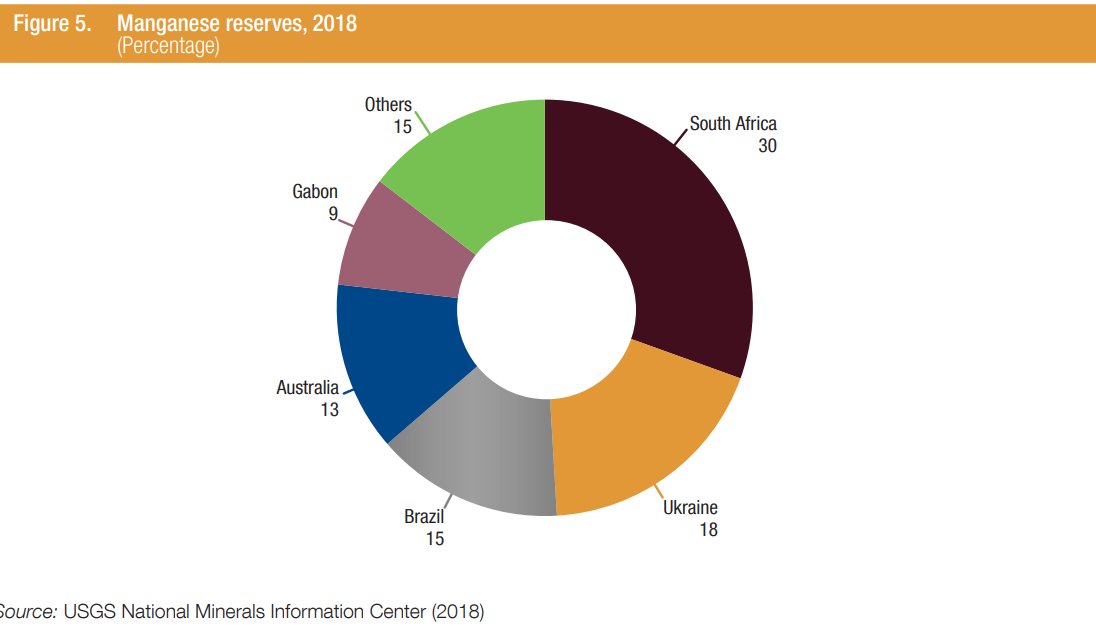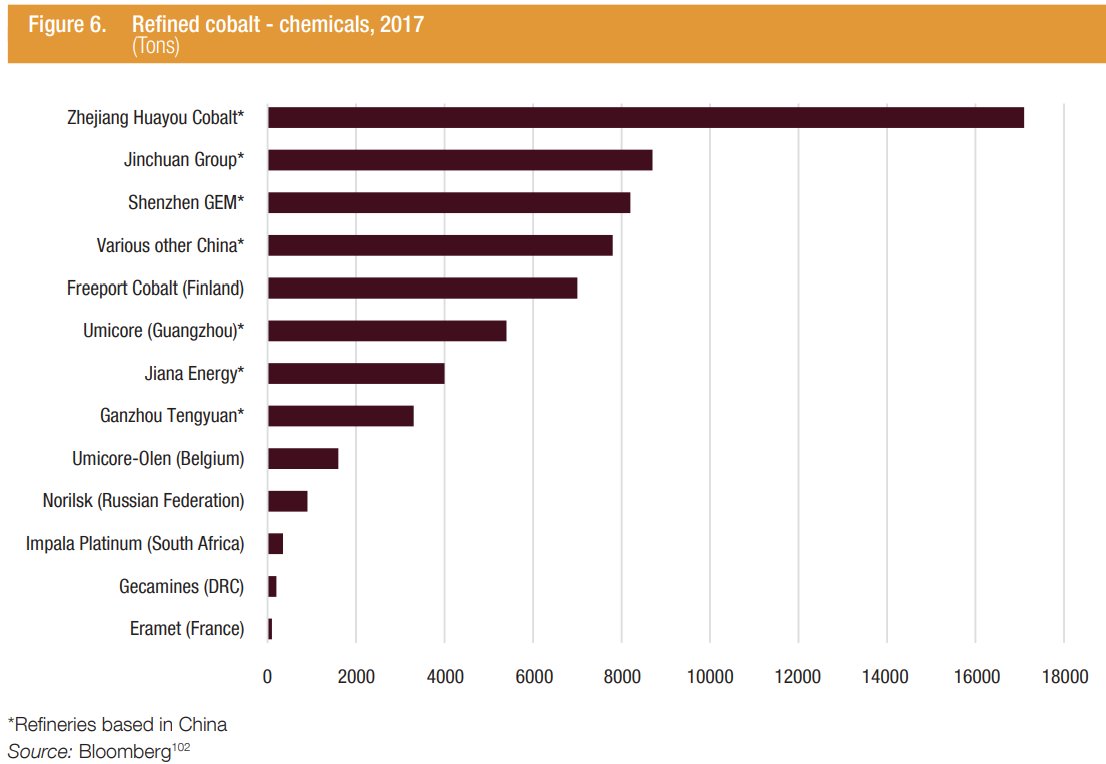Not quite: electric cars by definition needs electricity & let& #39;s look on where Hong Kong gets its electricity from:
Coal, natural gas, and nuclear energy. Lama Power Station of HEC & Castle Peak Power Station of CLP are the two power plants that generate electricity by coal.
 https://abs.twimg.com/emoji/v2/... draggable="false" alt="🤷🏻♀️" title="Achselzuckende Frau (heller Hautton)" aria-label="Emoji: Achselzuckende Frau (heller Hautton)"> https://twitter.com/george_chen/status/1318463157954772992">https://twitter.com/george_ch...
https://abs.twimg.com/emoji/v2/... draggable="false" alt="🤷🏻♀️" title="Achselzuckende Frau (heller Hautton)" aria-label="Emoji: Achselzuckende Frau (heller Hautton)"> https://twitter.com/george_chen/status/1318463157954772992">https://twitter.com/george_ch...
Coal, natural gas, and nuclear energy. Lama Power Station of HEC & Castle Peak Power Station of CLP are the two power plants that generate electricity by coal.
If you think driving an electric car makes you totally renewable, then here& #39;s the news: YOU NEED ELECTRICITY.
Sources of electricity in America: Natural gas (38%); Coal (23%); Nuclear 20%) & Renewable (17%).
Sources of electricity in America: Natural gas (38%); Coal (23%); Nuclear 20%) & Renewable (17%).
Most electricity is derived from, wait for it: fossil fuel!!!
Hong Kong uses COAL for most of its electricity generation! Yes, true story.
Hong Kong uses COAL for most of its electricity generation! Yes, true story.
If you think an electric car doesn& #39;t use EXTRACTIVE COMMODITIES, then think again.
First, its source of energy is mostly fossil fuel (needs electricity & that& #39;s generated mostly by LNG, Coal, etc). What about the battery? U need to EXTRACT THE EARTH for lithium, nickel & cobalt!
First, its source of energy is mostly fossil fuel (needs electricity & that& #39;s generated mostly by LNG, Coal, etc). What about the battery? U need to EXTRACT THE EARTH for lithium, nickel & cobalt!
About 50% of world cobalt reserves are in the Democratic Republic of the Congo (DRC), 58% of lithium reserves are in Chile, 80% of natural graphite reserves are in China, Brazil & Turkey, while 75% of manganese reserves are in Australia, Brazil, South Africa & Ukraine.
Yep!
Yep!
Do you think the Republic of the Congo is getting richer from your usage of its COBALT? Think again. Of course not.
By the way, this is still mining the earth & has adverse environmental impacts.
So plenty of negatives for the DRC but few local value added.
By the way, this is still mining the earth & has adverse environmental impacts.
So plenty of negatives for the DRC but few local value added.
About 20% of cobalt supplied from the DRC comes from artisanal mines where child labour and human rights abuses have been reported.
Up to 40,000 children work in extremely dangerous conditions in the mines for meagre income, according to UNICEF.
Up to 40,000 children work in extremely dangerous conditions in the mines for meagre income, according to UNICEF.
In Chile, lithium mining uses nearly 65% of the water in the country& #39;s Salar de Atamaca region, one of the driest desert areas in the world, to pump out brines from drilled wells.
This has caused groundwater depletion and pollution& a lso contributed to environment degradation.
This has caused groundwater depletion and pollution& a lso contributed to environment degradation.
I didn& #39;t come up with this, do you know who did? The United Nations & it& #39;s worried about the environmental consequences of the race to extract these resources.
Want to know about electric car batteries? Here we go, fun stuff!
https://unctad.org/system/files/official-document/ditccom2019d5_en.pdf">https://unctad.org/system/fi...
Want to know about electric car batteries? Here we go, fun stuff!
https://unctad.org/system/files/official-document/ditccom2019d5_en.pdf">https://unctad.org/system/fi...
A thread about electric car batteries from my reading of this wonderful UNCTAD paper:
1) Lithium ion batteries (LIBs) used by electric cars b/c of highest technical performance
2) 4 components of LIBs: a) cathode, b) anode active materials, c) electrolytes, d) & separators.
1) Lithium ion batteries (LIBs) used by electric cars b/c of highest technical performance
2) 4 components of LIBs: a) cathode, b) anode active materials, c) electrolytes, d) & separators.
Cathode = chemical reactions to generate electric current. 4 diff types below w/ diff share of cobalt content & NMCs are 28% of electric vehicles (EV) & that& #39;s expected to rise to 63%.
Anode = store & release ions to cathodes to pass through electric circuit. Uses graphite.
Anode = store & release ions to cathodes to pass through electric circuit. Uses graphite.
Electrolyte = medium for conduction of ions (flow b/n cathode & anode). Commonly used electrolyte is lithium salts.
Separators = permeable membranes that provide barrier b/n anode & cathode & help w/ exchange of lithium ions.
Separators = permeable membranes that provide barrier b/n anode & cathode & help w/ exchange of lithium ions.
Raw materials used in LIBs:
Cobalt (27th element & got permanent magnetic properties & electrons can participate in chemical bonds in 2 shells instead of 1).
Found in earth (also sea floor) & usually in combo w/ nickel & copper. Most are in Congo & Zambia.
Cobalt (27th element & got permanent magnetic properties & electrons can participate in chemical bonds in 2 shells instead of 1).
Found in earth (also sea floor) & usually in combo w/ nickel & copper. Most are in Congo & Zambia.
In Asia, Australia & the Philippines also got cobalt reserves. Other than batteries, cobalt also used in the manufacture of superalloys like aviatioin & industrial use due to resistance to corrosion at high temperatures.
Lithium was discovered by a Brazilian dude in Sweden & 3rd element in the periodic table. Soft, low melting point & lowest density of the metals. Very reactive to water & forms strong hydroxide solutions.
Used in cathode & found in hard rock forms in crystals. Most in Chile.
Used in cathode & found in hard rock forms in crystals. Most in Chile.
In Asia, we got lithium reserves in AU & China.
Natural graphite: discovered in the UK & 6th element of the periodic table & has low specific gravity & exhibit properties of a metal such as thermal conductivity & non-metallic properties such as inertness, high thermal resistance
Natural graphite: discovered in the UK & 6th element of the periodic table & has low specific gravity & exhibit properties of a metal such as thermal conductivity & non-metallic properties such as inertness, high thermal resistance
Graphite reserves are in Turkey, China and Brazil. There is synthetic graphite but it& #39;s not as good.
Used in anode for batteries but also for semiconductor, LEDs, high-temp lubricants, etc.
Used in anode for batteries but also for semiconductor, LEDs, high-temp lubricants, etc.
Magnanese - 25th element of the periodic table & hard & brittle metal w/ similar properties to iron w/ high melting point. Manganese is not found as an element in nature.
It occurs in many minerals & most
important manganese deposits occur in ancient
marine sedimentary rocks.
It occurs in many minerals & most
important manganese deposits occur in ancient
marine sedimentary rocks.
Manganese is mainly used as a purifying agent in
iron-ore refining and as an alloy that converts iron
into steel. Favoured in cathode chemistries in the LIB because it offers energy density, power output, thermal stability, faster charging time, and shelf life.
iron-ore refining and as an alloy that converts iron
into steel. Favoured in cathode chemistries in the LIB because it offers energy density, power output, thermal stability, faster charging time, and shelf life.
Cobalt value chain: Top cobalts chemical refineries are in China & dominated by Chinese firms (chart below).
Top 5 miners are Glencore, China Molybdenum, Fleurette Group, Value and Gecamines.
Top 5 miners are Glencore, China Molybdenum, Fleurette Group, Value and Gecamines.
Lithium value chain: Top firms in terms of global market share: Albemarle (18%); Jiangxi Ganfeng Lithium (17%); Sociedad Quimica y Minera S.A. (14%);
US, Argentina & China are major producers of refined lithium.
Graphite refined producers : China, Mexico & Canada.
US, Argentina & China are major producers of refined lithium.
Graphite refined producers : China, Mexico & Canada.
Question: Can we recycle these extracted materials to use?
No for lithium, which can be recycled but NO RECYCLING TECH EXISTS for 2nd use. No for natural graphite. Good news for cobalt & manganese: The end of life recycling rate for cobalt is above 68% and for manganese is 53%
No for lithium, which can be recycled but NO RECYCLING TECH EXISTS for 2nd use. No for natural graphite. Good news for cobalt & manganese: The end of life recycling rate for cobalt is above 68% and for manganese is 53%
Ok, so that& #39;s the raw & refined value chain. Who manufactures the parts?
Cathode active materials dominated by Asia & specifically China (39%), Japan (19%), SK (7%).
Anode Asia dominated & by Japanese & Chinese firms.
China, Japan & SK dominate rechargeable battery. EU 1%.
Cathode active materials dominated by Asia & specifically China (39%), Japan (19%), SK (7%).
Anode Asia dominated & by Japanese & Chinese firms.
China, Japan & SK dominate rechargeable battery. EU 1%.
I& #39;m skipping the supply & demand part about who exports & imports that u can read & guess (China imports most of this stuff as it dominates the production of car batteries).
Let& #39;s talk about environmental consequences of EXPLOITATION of metals & minerals (see below).
Let& #39;s talk about environmental consequences of EXPLOITATION of metals & minerals (see below).
Rant over, read this great free report by the UN:
https://unctad.org/system/files/official-document/ditccom2019d5_en.pdf">https://unctad.org/system/fi...
https://unctad.org/system/files/official-document/ditccom2019d5_en.pdf">https://unctad.org/system/fi...

 Read on Twitter
Read on Twitter